Cryomedics 110-G ESU
The Cryomedics 110-G ESU is a small-office model for all kind of electrosurgical procedures.
Cryomedics 110-G ESU Specifications
- Electrosurgery Leep System with RF mode
- Power Output
- CUT mode: Max 120 W
- BLEND mode: Max 95 W
- COAGULATION mode: Max 45 W
- Electrical Info: 120 V | 50 – 60 Hz | 3.2 A
About Electrosurgical Procedures
The Cryomedics 110-G ESU and other electrosurgical units produce 3 different waveforms: CUT , BLEND, COAGULATION.
PURE CUTTING (vaporization) WAVEFORM is continuous, unmodulated, and undamped.
COAGULATION WAVEFORM is interrupted, modulated, and damped current.
BLEND WAVEFORM is a modification of the cutting waveform and is used when hemostasis is needed while cutting. This waveform type consists of a combination of both cutting and coagulation waveforms. Higher blend settings translate into more time between bursts of current and greater coagulation.
In monopolar electrodes, radiofrequency current flows from the generator through the active electrode, into the target tissue, through the patient, the dispersive electrode and then returns to the generator. The most common site of injury is at the patient return electrode. The return electrode must be of low resistance with a large enough surface area to disperse the electrical current without generating heat. If the patient’s return electrode is not large enough or is not completely in contact with the patient’s skin, then the current exiting the body can have enough density to produce unintended burns. Excessive hair, adipose tissue, bony prominence, and the presence of fluid and scar tissue compromise the quality of contact.
A cutting current power setting must be between 50W and 80W to be effective. Ideally, the electrode is held slightly away from the tissue to create a spark gap or steam envelope through which the current arcs to the tissue. This spark gap results from heating up the atmosphere between the electrode and the tissue. The coagulation current is effective with the power settings in the range of 30W and 50W.
Fulguration (Spray) is a non-contact coagulation that also utilizes spark gap to mediate tissue effects, which results in heating and necrosis as well as greater thermal spread. Desiccation (Deep) is another form of coagulation in which direct contact is made with the tissue, resulting in electrical energy being converted into heat within the tissue. The end result is deeper necrosis and greater thermal spread.
In bipolar electrosurgery the active and return electrodes are located at the site of surgery, typically within the instrument tip. The classical example is the 2 tines of forceps that are the active and return electrode and represent the entire circuit. Most bipolar units use a lower voltage waveform to achieve hemostasis and avoid collateral tissue damage. Bipolar electrosurgery has a more limited area of thermal spread compared with that of monopolar electrosurgery, and is similar to that of a laser. The maximal lateral thermal spread is within 5mm and the depth limited to the serosal layer

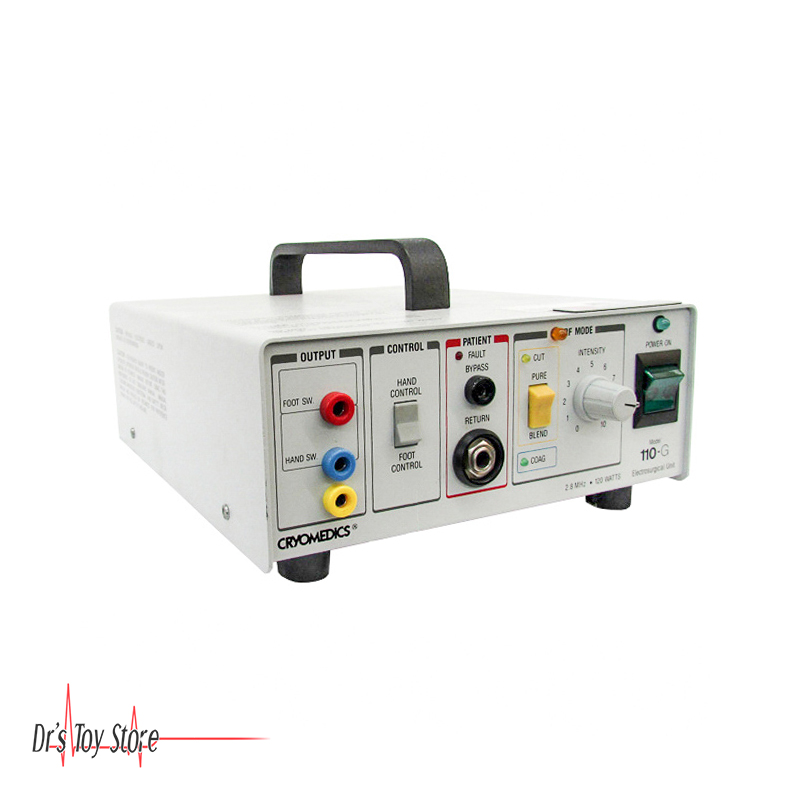
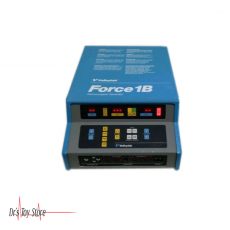
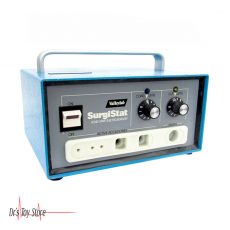
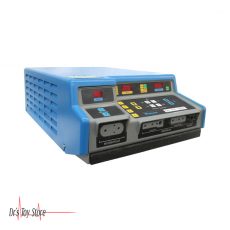
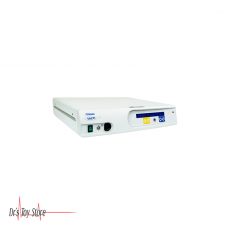
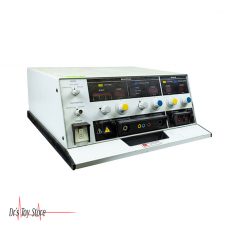
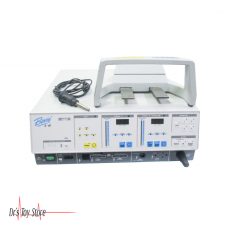
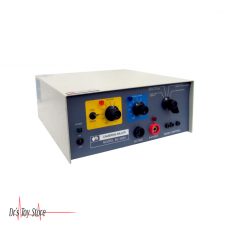
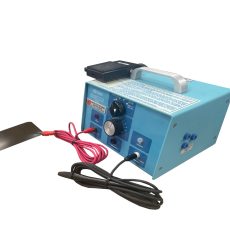
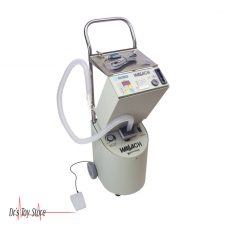

Reviews
There are no reviews yet.